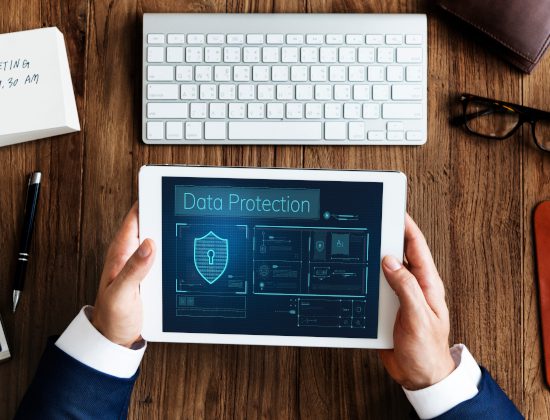DLP and Secure File Transfer
Whether it’s protecting sensitive data or controlling your company’s outbound content, implementing a DLP (Data Loss Prevention) solution will help maintain data visibility and control in line with your corporate policy. Let’s see together the crucial role of DLP in the security of your data.
The importance of cybersecurity and data protection
Cybersecurity incorporates a multitude of data protection solutions, but it’s when several separate solutions work in harmony that you optimize and protect your business more effectively. Some attacks are used to gain access to sensitive information, steal it, or demand a ransom from your organization. Others attempt to disrupt or interrupt day-to-day operations. In summary, there is still a lot to do in the data security sector. Any organization that implements data protection measures is bound to significantly improve its cybersecurity.
The essential features of a good Data Loss Prevention (DLP) tool
With many data threats, some organizations are turning to Data Loss Prevention (DLP) to truly protect their critical data. Sharing information carries risks, including exposing sensitive content, whether it is sent by mistake or hidden in metadata. Data Loss Prevention (DLP) solutions help you strengthen the security of your data while minimizing the risk of data and/or metadata disclosures.
Here are some essential features:
Content Inspection
Inspect the contents of your documents and make sure that sensitive data is not transmitted. Deep content inspection adds an extra layer of security when sharing sensitive information. In addition, it ensures compliance with the standards and regulations in force in your company and sector of activity.
Minimize false positives
When analysing content, including in a compressed file, DLP solutions distinguish between elements that may look like personal data, but are not personal data. Effective detection results in a very low rate of false positives.
Threat Detection
Inspecting the content is good; but also looking for viruses and malware that can hide there is even better! These advanced scans enable detection of viruses and malicious code that are then removed to ensure secure sharing of sensitive data.
Anti-stenography
This DLP feature prevents files, messages, images, or videos from being hidden in a file, both for incoming (malicious code concealment) and outbound (data exfiltration concealment) items.
Optical Character Recognition (OCR)
The optical character recognition function allows you to process the text contained in an image before it is sent. In short, images containing sensitive information are also identified before sending.
The advantages of combining MFT and DLP
Reminder of what MFT is
Managed File Transfer (MFT) secures, automates and streamlines your data exchanges between systems, customers and business partners.
A secure file transfer solution protects the “movements and actions” of files at rest and in transit with encryption.
These solutions typically also provide secure messaging, auditing, tracking, reporting, etc.
The “perfect match”
With the combination of modern, scalable MFT and DLP solutions, you create ideal protection from critical data sharing to transfer. While both solutions encrypt the data, the DLP takes care of the content inspection while the MFT ensures the security of the file transfer.
Here’s how these two security tools work:
- MFT’s solution securely transfers documents between different internal or external interlocutors.
- The DLP gateway intercepts content when the data protection rules are not appropriate with the policy. The gateway then applies sets of precepts like keyword search, renaming, script deletion, and more.
- If the content can be cleaned or anonymized, the transfer is allowed and continues. If the contents cannot be cleaned, then the transfer is blocked.
These combined cross-platform solutions offer state-of-the-art technology and protection.
Example of a use case for the MFT and DLP association
A defence vendor needed to transfer attachments between its employees and business partners.
The company was already using MFT GoAnywhere solution to securely transfer documents sent between its employees and partners. It decided to add an extra layer of security with DLP (Secure ICAP). The in-depth inspection of the contents of the transfers allows a structural clean-up of the files. These two solutions together allow the company to:
- Intercept content according to internal protection requirements.
- To execute its own policies and rules of application.
- Control whether content is allowed or blocked.
- Destroy or redact infected content.
Learn about GoAnywhere MFT in association with Clearswift to enhance your security around a demo.
The Clearswift Secure ICAP gateway and GoAnywhere MFT are the first combinations of its kind to provide an unprecedented level of security and monitoring for file transfers.



